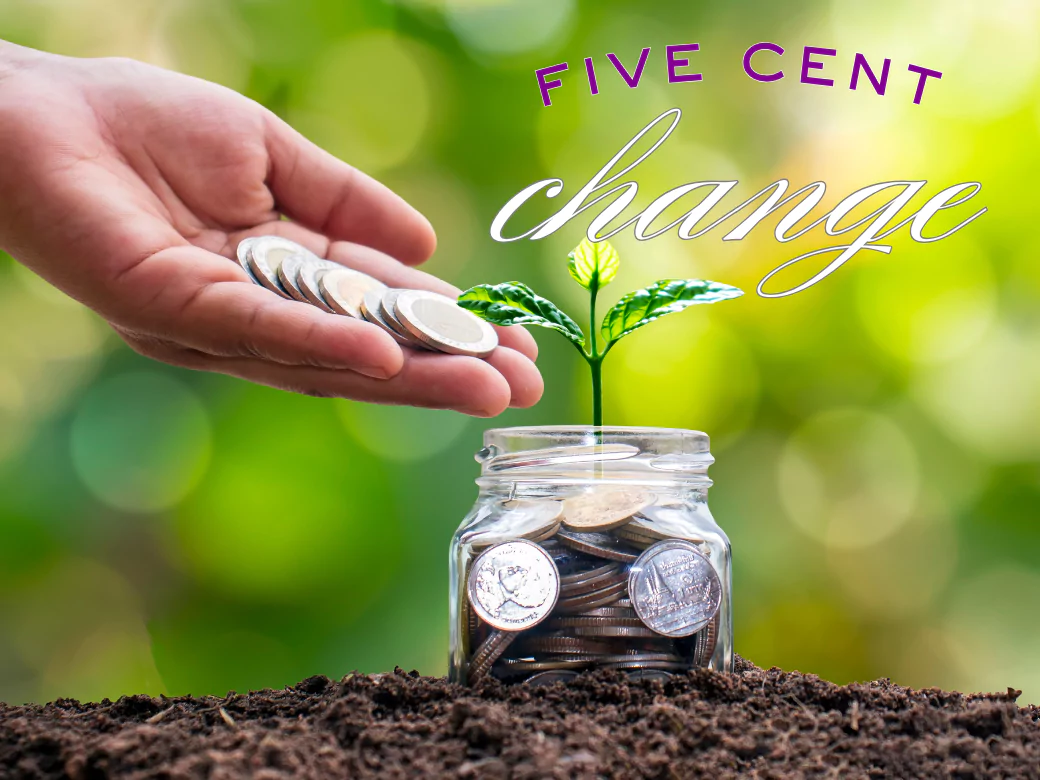Let’s start with a confession: I’ve never met a CFO who wasn’t thrilled by saving money. But saving money *while saving the planet?* That’s the kind of win-win that gets a standing ovation in the boardroom. So, let’s talk about a magical thing: small, cost-effective sustainability tweaks that seem minor but can make a big difference to your bottom line and your brand’s eco-credibility.
The Myth of “Go Big or Go Home
When it comes to sustainable packaging, many assume they need to overhaul their entire supply chain, ditch plastic entirely, and send their packaging team on a zero-waste retreat in the mountains. But the truth is, big savings (and big sustainability wins) often start small—like, 5-cents-per-unit small.
Let’s break it down.
Lightweighting: The Gym Membership for Packaging
Think of lightweighting as putting your packaging on a diet. By reducing the thickness of your material—be it glass, plastic, or aluminum—you cut costs on raw materials and shipping. For instance, shaving off just 1 gram from a glass jar might not sound like much, but across 500,000 units? Boom. That’s several tons of material—and dollars—saved.
CFO Bonus: Lower shipping weights mean reduced freight costs. It’s like finding cash in your packaging supply chain couch cushions.
Switch to PCR (Post-Consumer Recycled) Content: Your SB54 Compliance Shortcut
California’s SB54 is the new sheriff in town, and it’s got one clear message for brands: increase your recycled content or face the music (and by music, we mean hefty fines). By incorporating PCR into your packaging, you’re not just boosting your sustainability game—you’re sidestepping non-compliance costs that could eat into your profits faster than you can say “recycling mandate.”
SB54 requires packaging producers to hit specific recycled content thresholds. Falling short means penalties, and those fines aren’t just a slap on the wrist—they’re a full-blown financial headache.
CFO Bonus: By proactively increasing your PCR content, you avoid costly fines and reduce the need for emergency (read: expensive) compliance changes down the road. Plus, you can highlight your compliance in marketing materials, scoring points with eco-conscious consumers.
Right-Sizing: Not All Heroes Wear Capes
Oversized packaging is like a bad Hollywood sequel—wasteful and unnecessary. By optimizing your packaging dimensions to fit your product snugly, you save on materials and reduce wasted space in shipping cartons.
CFO Bonus: Smaller boxes mean more units per pallet, which means fewer trucks on the road. That’s less money spent on logistics and a smaller carbon footprint to brag about in your annual report.
Think Monochrome or Minimalist Designs
Colorful, elaborate packaging may look great, but ditching multi-color printing or intricate designs for a more minimalist, one-color look isn’t just trendy—it’s cost-effective. Plus, consumers love brands that “keep it real” with clean, sustainable design.
CFO Bonus:Reduced ink usage = lower printing costs. And your design team will love the extra time to work on their latte art.
Bulk Up Where It Counts
Offering bulk sizes or concentrated product refills can be a packaging goldmine. Fewer containers per product sold mean fewer resources used overall. Consumers love this option for both its convenience and its cost-saving perception.
CFO Bonus: Selling more product in fewer units? That’s music to the revenue team’s ears.
Why 5 Cents Adds Up
Let’s say you reduce your per-unit cost by just 5 cents. Not a big deal, right? But multiply that by 1 million units, and you’ve just saved $50,000. Now imagine combining that with savings from lightweighting, right-sizing, and other tweaks. Those pennies turn into dollars, and suddenly, you’ve got a CFO doing a happy dance at their desk.
Final Thoughts
Sustainability doesn’t have to mean skyrocketing costs or massive overhauls. Sometimes, it’s the small, savvy tweaks that yield the biggest returns. So, start with that 5-cent change and watch the savings—and the goodwill—pile up.
And if your CFO still isn’t smiling, just tell them this article was free.

